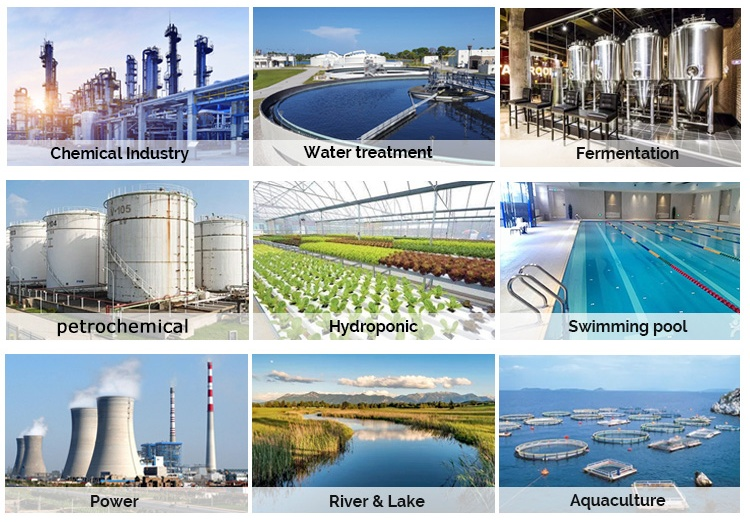90° Infrared Light Scattering Turbidity Sensor for Water Quality Analysis
Features
① 90° Infrared Scattering Technology
Adhering to optical engineering standards, the sensor ensures high-precision turbidity measurements by minimizing chromaticity interference and ambient light effects.
② Sunlight-Resistant Design
Advanced fiber-optic light paths and temperature compensation algorithms enable stable performance under direct sunlight, ideal for outdoor or open-air installations.
③ Compact & Low Maintenance
With a <5 cm proximity requirement to obstacles and minimal calibration volume (30 mL), it simplifies integration into tanks, pipelines, or portable systems.
④ Anti-Corrosion Construction
The 316L stainless steel housing withstands aggressive chemical environments, ensuring long-term reliability in industrial or marine applications.
⑤ Drift-Free Performance
Proprietary software algorithms and precision optics reduce signal drift, guaranteeing consistent accuracy across fluctuating conditions.


Product Paramenters
| Product Name | Turbidity Sensor |
| Measurement method | 90°light scattering method |
| Range | 0-100NTU/ 0-3000NTU |
| Accuracy | Less than ±10% of measured value (depending on sludge homogeneity) or 10mg/L, whichever is greater |
| Power | 9-24VDC(Recommend12 VDC) |
| Size | 50mm*200mm |
| Material | 316L Stainless Steel |
| Output | RS-485, MODBUS protocol |
Application
1. Wastewater Treatment Plants
Monitor turbidity in real time to optimize filtration, sedimentation, and discharge compliance.
2. Environmental Monitoring
Deploy in rivers, lakes, or reservoirs to track sediment levels and pollution events.
3. Drinking Water Systems
Ensure water clarity by detecting suspended particles in treatment facilities or distribution networks.
4. Aquaculture Management
Maintain optimal water quality for aquatic health by preventing excessive turbidity.
5. Industrial Process Control
Integrate into chemical or pharmaceutical processes to ensure product quality and regulatory adherence.
6. Mining & Construction
Monitor runoff water turbidity to meet environmental regulations and mitigate risks of sediment-related pollution in surrounding ecosystems.
7. Research & Laboratories
Support scientific studies on water clarity, sediment dynamics, and pollution modeling with high-precision turbidity data.










